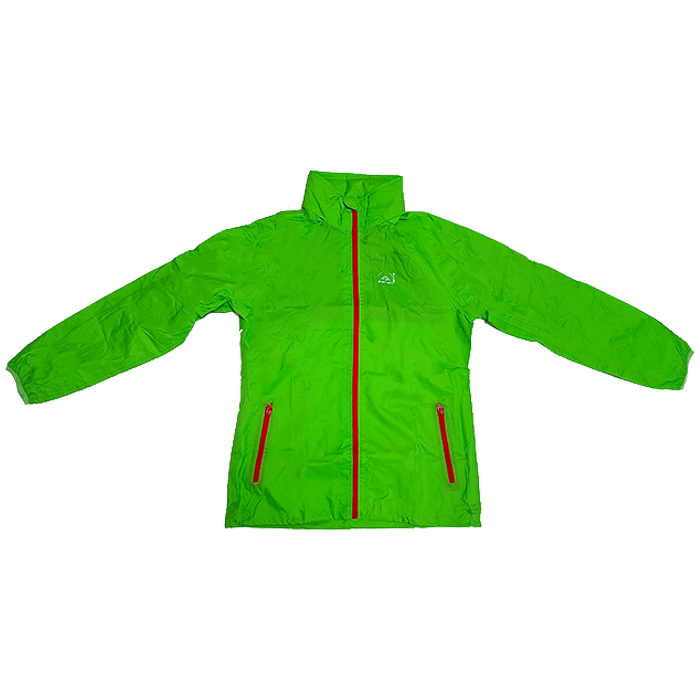 rainwears@163.com may@may-rain.com
rainwears@163.com may@may-rain.com Mon to Friday: 8.00 am - 7.00 pm
Mon to Friday: 8.00 am - 7.00 pm
Choosing the Best Rain Suit for Outdoor Work Activities and Protection
The Importance of a Rain Suit for Working Outside
When it comes to working outdoors, especially in industries like construction, agriculture, or environmental conservation, individuals are often subjected to a variety of weather conditions. Rain can be one of the most challenging elements to contend with. Wet weather can not only hinder productivity but can also pose health risks. This is why investing in a good rain suit is essential for anyone whose job requires them to be outside in the elements.
Why a Rain Suit?
A rain suit serves as an indispensable piece of equipment for outdoor workers. Unlike regular clothing, a proper rain suit is designed to keep moisture out while maintaining breathability. This is crucial because while workers need protection from rain, they also must avoid overheating or becoming uncomfortable due to trapped sweat. A well-designed rain suit incorporates waterproof materials and ventilation features to tackle these issues.
Furthermore, a rain suit typically consists of two main components a rain jacket and rain pants. These can be worn separately or together, providing flexibility based on the severity of the weather. High-quality rain suits also include additional features such as adjustable hoods, cuffs, and hems for a better fit, as well as reflective strips for enhanced visibility during low-light conditions.
Materials Matter
The effectiveness of a rain suit largely depends on the materials used in its construction. Look for suits made from high-performance fabrics that are both waterproof and breathable, such as Gore-Tex or similar technologies. These materials allow sweat to escape while preventing water from seeping in, ensuring that workers remain dry and comfortable throughout their shifts.
rain suit for working outside

Another aspect to consider is durability. Outdoor work can be tough on clothing, and rain suits need to withstand abrasion from tools, machinery, and rugged terrain. Reinforced seams, abrasion-resistant materials, and reliable zippers are essential features to look for when selecting a rain suit.
Comfort and Fit
Comfort is vital when working outdoors, especially during long hours. A rain suit that is too tight or too loose can restrict movement or cause discomfort, leading to decreased productivity and potential safety hazards. Look for adjustable features that allow you to customize the fit according to your body type. Additionally, consider the weight of the suit. Lightweight materials can prevent workers from feeling weighed down, while heavier suits might offer better insulation during colder temperatures.
Care and Maintenance
Proper care and maintenance of a rain suit can extend its lifespan significantly. After returning from a day of work, it’s essential to clean the suit according to the manufacturer's instructions. Most rain suits can be machine washed, but be mindful of using fabric softeners or bleach, as these can compromise the waterproofing. Regular inspection for any damages, such as punctures or worn-out seams, should be conducted to ensure continued protection against rain.
Conclusion
A quality rain suit is an essential investment for anyone spending time working outside. By keeping workers dry and comfortable, a good rain suit not only improves their productivity but also contributes to their overall safety and well-being. With various options available in the market, it’s crucial to choose a suit that combines waterproof protection, breathability, durability, and comfort. As weather patterns become increasingly unpredictable, being prepared with the right gear, including a rain suit, will help outdoor workers face any challenge Mother Nature throws their way.
-
Children's Fashion Waterproof Printed Raincoats | Kids Gear
NewsJul.31,2025
-
Silver Printed Women’s Jacket – Stylish, Lightweight & Trendy Outerwear
NewsJul.30,2025
-
Fashionable Design Long Raincoat Rain Poncho Waterproof Polyester
NewsJul.30,2025
-
High Lighting Reflective Rain Jacket Windbreaker Safety Jacket for Adult
NewsJul.29,2025
-
Disposable PE Rain Poncho - Lightweight, Waterproof, Easy to Carry
NewsJul.29,2025
-
Stylish Lady Coat Women Jacket – Trendy & Elegant Outerwear
NewsJul.29,2025































